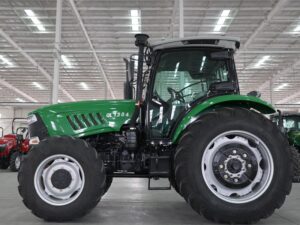Email: [email protected] Whatsapp: 8618266768780
Understanding the Essential Parts of an Excavator
Welcome to My Blog!
Before we dive into the content, I’d love for you to join me on my social media platforms where I share more insights, engage with the community, and post updates. Here’s how you can connect with me:
Facebook: https://www.facebook.com/profile.php?id=100072217509763
LinkedIn: https://www.linkedin.com/company/74949059/admin/dashboard/
YouTube:https://www.youtube.com/@tractormanufacturer-lc5qz
TikTok: https://www.tiktok.com/@tractormanufacturer
Now, let’s get started on our journey together. I hope you find the content here insightful, engaging, and valuable.
Table of Contents
Introduction
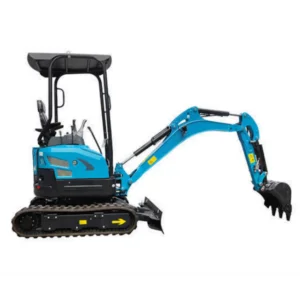
What is an Excavator?
An excavator is a heavy construction machine designed for digging, lifting, and moving large amounts of material. It consists of several key components that work together to perform these tasks efficiently.
Why is it Important to Understand Excavator Parts?
Knowing the different parts of an excavator helps in:
- Improving operational efficiency
- Enhancing safety and reducing breakdown risks
- Performing timely maintenance and repairs
- Selecting the right attachments for specific tasks
Common Applications of Excavators
Excavators are widely used for:
- Digging trenches and foundations
- Demolition work
- Material handling
- Road and infrastructure construction
- Mining and quarrying
Key Parts of an Excavator and Their Functions
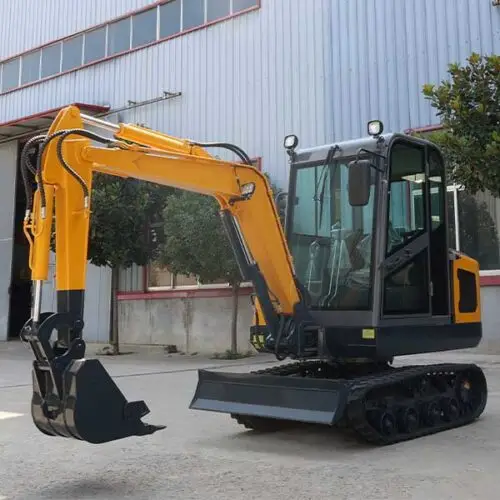
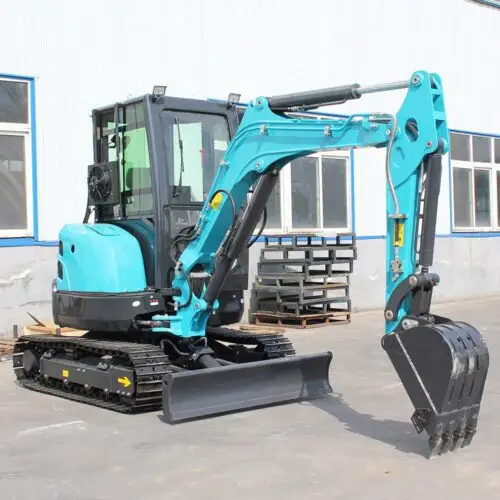
The Undercarriage
The undercarriage is the foundation of an excavator and supports its entire weight. It consists of:
- Tracks or wheels – Excavators can have either tracks, which provide better stability on rough terrain, or wheels, which are suitable for smooth surfaces.
- Rollers and idlers – These components help distribute weight and keep the tracks aligned.
- Final drive – The final drive provides power to the tracks, allowing the excavator to move.
The House
The house sits on the undercarriage and contains critical components such as:
- Operator cab – The control center of the excavator where the operator manages functions. It features joysticks, pedals, and an advanced display panel.
- Counterweight – A heavy mass located at the rear of the excavator to balance the machine and prevent tipping when lifting heavy loads.
- Engine compartment – Houses the engine, hydraulic pumps, and other essential components that provide power to the excavator.
The Hydraulic System
Hydraulics power most of the excavator’s movements, making it a vital system. It includes:
- Hydraulic pump – Converts mechanical energy into hydraulic power to move the arm and bucket.
- Hydraulic cylinders – Control the movement of the boom, stick, and bucket.
- Hydraulic hoses and valves – Transport hydraulic fluid and regulate pressure to different components.
The Boom, Stick, and Bucket
These are the working arms of the excavator responsible for digging and lifting.
- Boom – The first large arm that extends from the excavator’s house and provides the primary lifting force.
- Stick (or arm) – Connects the boom to the bucket and allows for precise digging and material handling.
- Bucket – The attachment that scoops, digs, and moves material. Different bucket types are available for various applications.
Attachments and Additional Components
Excavators can be customized with different attachments to increase versatility. Some common attachments include:
- Augers – Used for drilling holes into the ground.
- Hydraulic breakers – Designed for breaking concrete and rocks.
- Grapples – Ideal for material handling and demolition tasks.
- Rippers – Used to break up tough soil or frozen ground.
Comparison of Different Excavator Parts and Their Functions
| Excavator Part | Function | Common Materials Used | Importance in Operation |
|---|---|---|---|
| Tracks or wheels | Provide movement and stability | Steel, rubber | Ensures mobility |
| Boom | Lifts and positions the stick | Steel | Essential for reach |
| Stick or arm | Controls digging depth | Steel | Allows precision work |
| Bucket | Digs and scoops material | Hardened steel | Determines excavation efficiency |
| Hydraulic pump | Powers the hydraulic system | Metal components | Provides operational force |
| Operator cab | Houses controls and displays | Steel, glass | Ensures operator safety |
| Counterweight | Balances the machine | Heavy steel | Prevents tipping |
Importance of Regular Maintenance for Excavator Parts
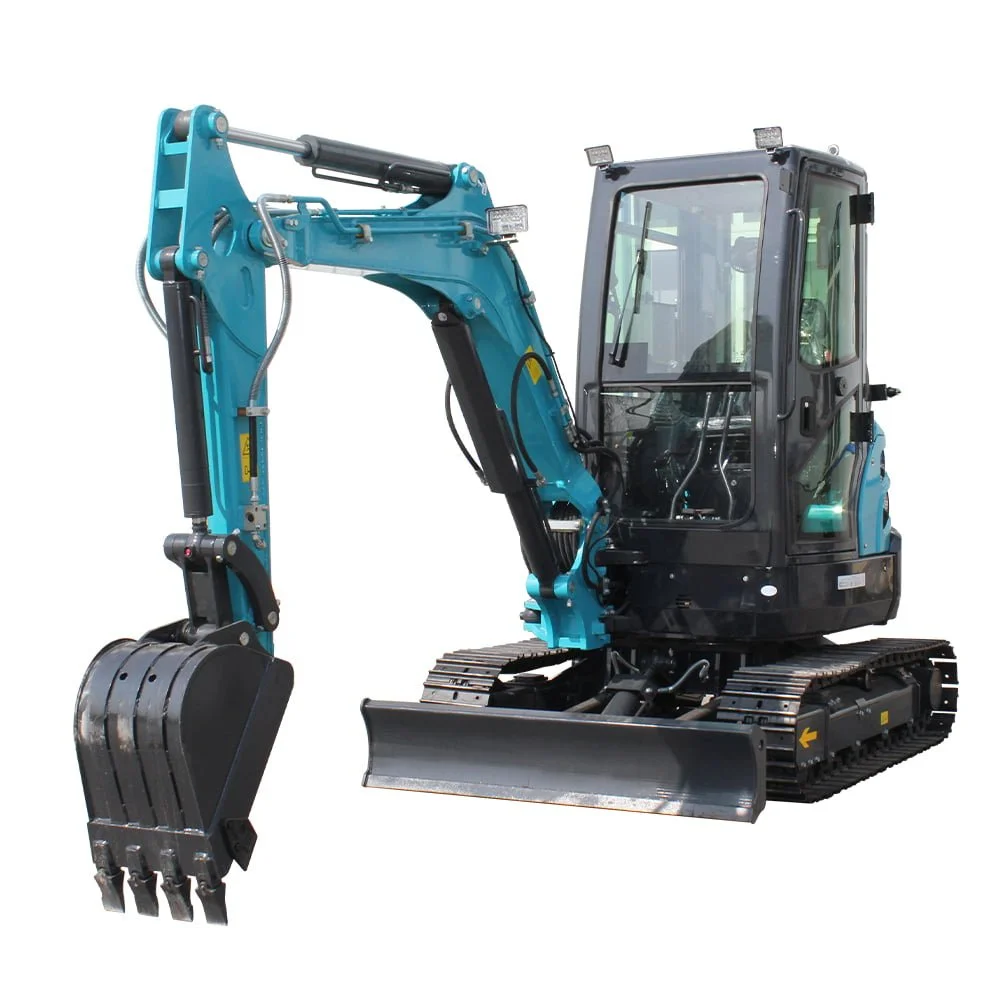
Preventing Unexpected Breakdowns
Routine maintenance ensures that all parts of an excavator remain in optimal working condition, reducing costly downtime and repairs.
Extending Equipment Lifespan
Proper care and timely replacements can extend the service life of critical components, improving overall efficiency.
Enhancing Safety
Regular inspections help identify potential issues before they become hazardous, ensuring a safer work environment.
Best Maintenance Practices for Excavator Parts
- Regularly check hydraulic fluid levels and change filters.
- Inspect the tracks or wheels for wear and tear.
- Clean and lubricate moving parts to prevent rust and friction.
- Replace worn-out components before they cause further damage.
Conclusion
Understanding the essential parts of an excavator is crucial for maximizing its efficiency, durability, and safety. Each component, from the undercarriage to the hydraulic system, plays a vital role in the machine’s performance. By keeping these parts well-maintained and selecting the right attachments for specific tasks, operators and contractors can ensure optimal productivity and reduced operational costs.
Whether you are purchasing a new excavator, operating one daily, or managing a fleet, having a solid grasp of its key components will help you make better decisions for maintenance, operation, and investment.
FAQ
What is the most important part of an excavator?
All parts are essential, but the hydraulic system, boom, and bucket are crucial for the excavator’s digging and lifting functions.
How often should I maintain excavator parts?
Regular maintenance should be conducted daily, weekly, and monthly, depending on usage intensity. Hydraulic fluids, filters, and moving parts should be checked frequently.
What type of bucket should I use for heavy-duty excavation?
A reinforced rock bucket is ideal for tough digging conditions such as mining or quarrying, as it is built for extreme durability.
Can I replace excavator parts myself?
Some minor maintenance tasks like changing filters or lubricating joints can be done by the operator, but major repairs should be handled by certified professionals.
How long do excavator parts last?
The lifespan of parts of an excavator depends on usage, maintenance, and operating conditions. With proper care, most components can last thousands of operating hours.
About Us
Shandong Qilu Industrial Co., Ltd. is a professional manufacturer and exporter integrating the development and production of excavators, loaders and tractors. We provide the best service, absolutely.
Recent Posts
Video demo
-1.png)
Contact Us Today!
Any question, quote or inquiry? Click the button to send message.
Qilu Industrial will always here to help.

